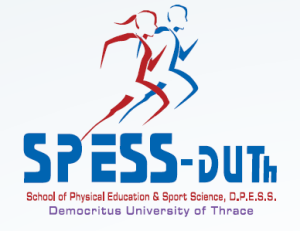Effraimidou, E.N.1, Tavridou. A.2, Kassimos, D.2, Kambas, A.1
1School of Physical Education & Sport Science, Democritus University of Thrace, Greece
2 Medical School, Democritus University of Thrace , Greece
Abstract
In the recent years it has been highlighted that health conditions associated with lack of physical activity (such as cardiovascular diseases, obesity, etc.) can appear already from childhood. Therefore, health organizations worldwide have issued directives to organize physical activity (PA) at this age. The current study is focused in the relationship between the number of steps of pre-school children and their level of triglycerides and Atheromatic Index (AI) which is the ratio of total cholesterol over high-density cholesterol (HDL). The study sample was 30 children in the age of 4-6 years old without any diagnosed health issues. To evaluate the ambulatory activity of the children, pedometers Omron HJ-720IT-E2 were used. Morning blood samples were received, after the children were fasting for at least 12 hours. The statistical relationship between the number of steps per day, and the values of triglycerides concentration and AI was evaluated using Pearson correlation. The results showed a negative correlation between the number of steps and both triglycerides (p<.005) and AI (p<.001). It is therefore demonstrated that children without sufficient PA have a higher risk of serious health issues in their future life. In conclusion, the significance of PA from an early age needs to be emphasized and actions to organize the PA of preschool children should be taken.
Keywords:
pre-school, physical activity, pedometer, triglycerides, atheromatic index
Download (pdf, 438kb)






